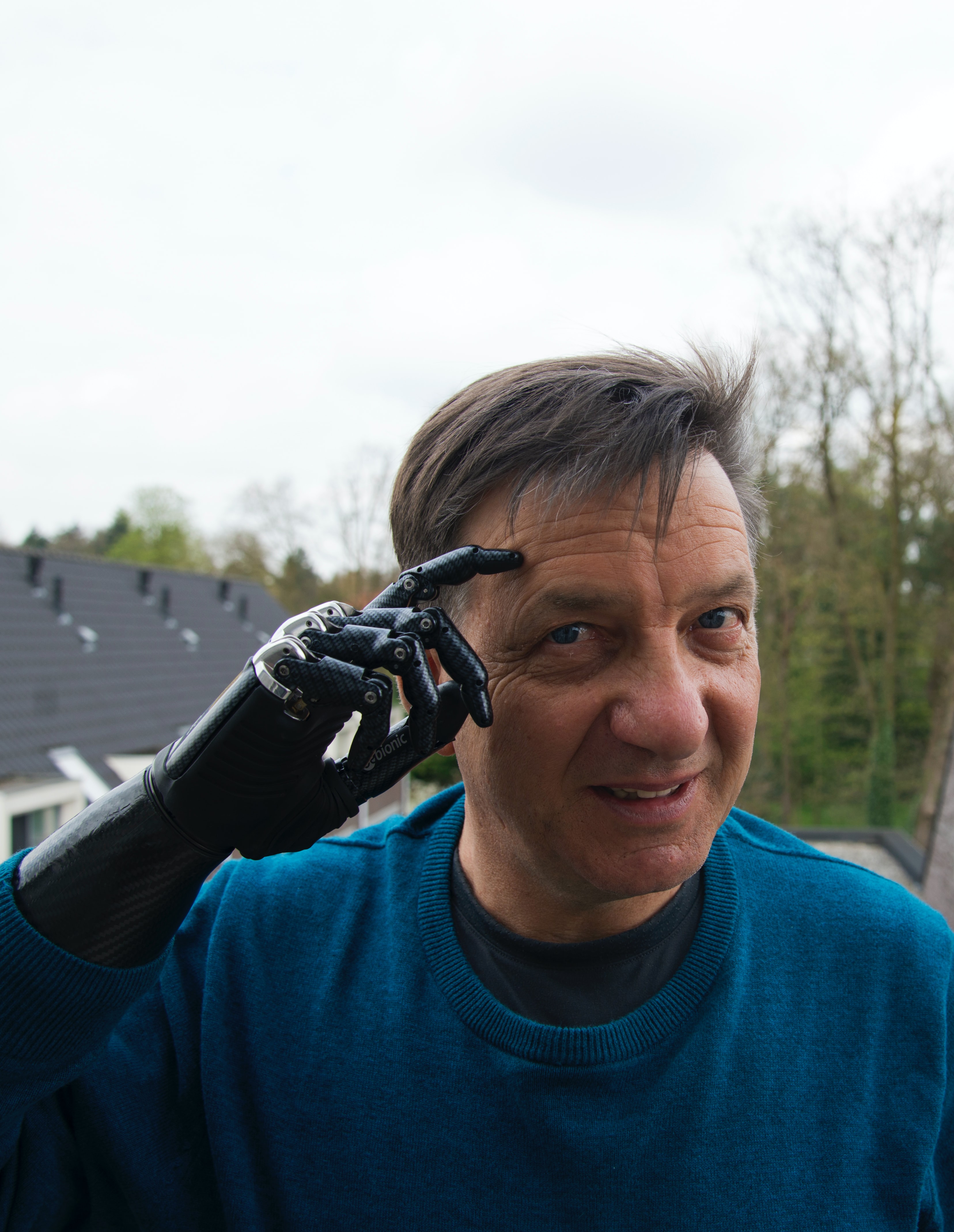Aggregated News

In Jules Verne’s 1865 novel From the Earth to the Moon, members of the fictitious Baltimore Gun Club, all disabled Civil War veterans, restlessly search for a new enemy to conquer. They had spent the war innovating new, deadlier weaponry. By the war’s end, with “not quite one arm between four persons, and exactly two legs between six,” these self-taught amputee-weaponsmiths decide to repurpose their skills toward a new projectile: a rocket ship.
The story of the Baltimore Gun Club propelling themselves to the moon is about the extraordinary masculine power of the veteran, who doesn’t simply “overcome” his disability; he derives power and ambition from it. Their “crutches, wooden legs, artificial arms, steel hooks, caoutchouc [rubber] jaws, silver craniums [and] platinum noses” don’t play leading roles in their personalities—they are merely tools on their bodies. These piecemeal men are unlikely crusaders of invention with an even more unlikely mission. And yet who better to design the next great leap in technology than men remade by technology themselves?
As Verne understood, the...



